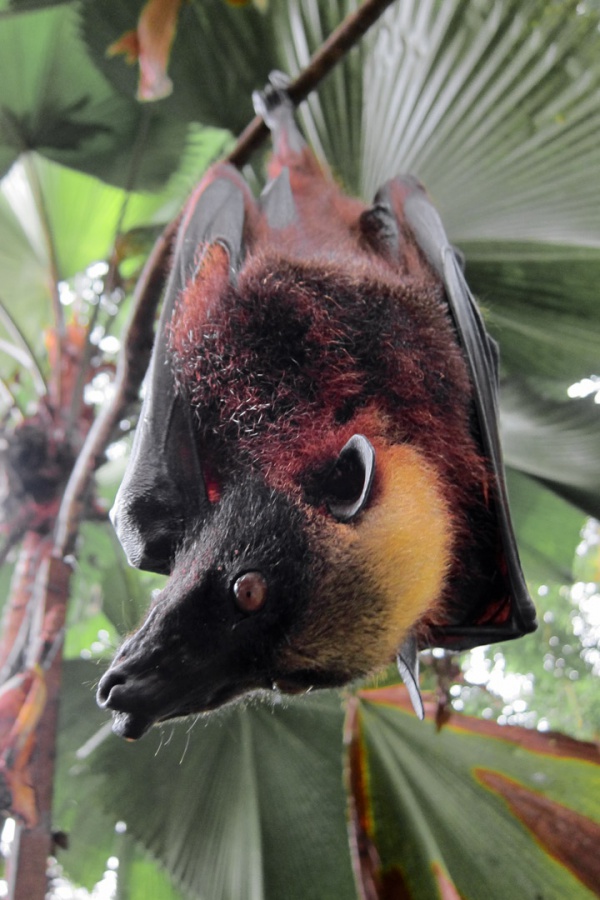Facts About Golden-crowned flying fox
The giant golden-crowned flying fox, also known as the golden-capped fruit bat, is a remarkable megabat species endemic to the Philippines. First described in 1831, it ranks among the largest bats globally, weighing up to 1.4 kilograms with a forearm length of 215 millimeters. These bats primarily consume figs, supplemented by leaves. As nocturnal foragers, they search for food at night, while during the day they roost in large trees, forming colonies that can house thousands of individuals.
Female golden-crowned flying foxes give birth to a single pup annually. Unfortunately, this incredible species is endangered, primarily due to deforestation and illegal hunting for bushmeat, despite existing protective laws. The International Union for Conservation of Nature (IUCN) has classified them as endangered, noting a population decline exceeding 50% from 1986 to 2016. Their survival is jeopardized by hunting, habitat destruction, and human disturbances, even in protected areas.
Conservation efforts are underway to save these bats. They are protected internationally under the Convention on International Trade in Endangered Species (CITES) and by national laws in the Philippines. Organizations such as Bat Conservation International are actively working to protect their roosts and raise public awareness.
Initially classified in the genus Pteropus, the giant golden-crowned flying fox was later reclassified into the genus Acerodon. Three recognized subspecies exist, although one is now extinct. They bear resemblance to Pteropus bats but can be differentiated by their distinct dental structures and fur coloration. These bats predominantly consume fruit, particularly figs, relying on their sharp eyesight for navigation since they do not possess echolocation abilities like some other bats.
During the day, they roost in trees, often forming mixed-species colonies with other large flying foxes. Their social interactions are intriguing, although there is still much to learn about their mating behaviors and the age at which they reach sexual maturity. They face natural threats from predators such as raptors and parasites like bat flies.
Golden-crowned flying foxes inhabit various Philippine islands, favoring forested regions near rivers. Despite some protected roosts, illegal hunting and human disturbances remain significant challenges. Conservationists continue their efforts to ensure the survival of these magnificent creatures, striving to reverse the decline of their populations.
